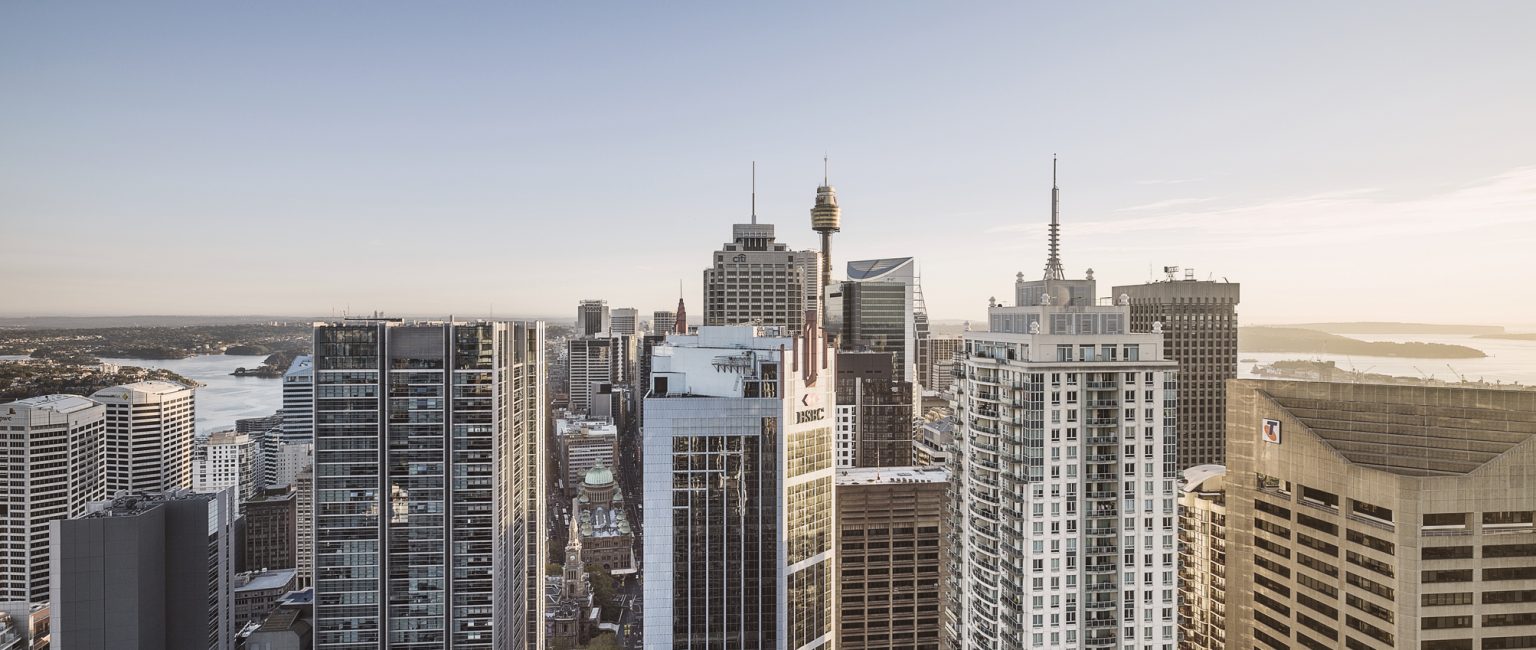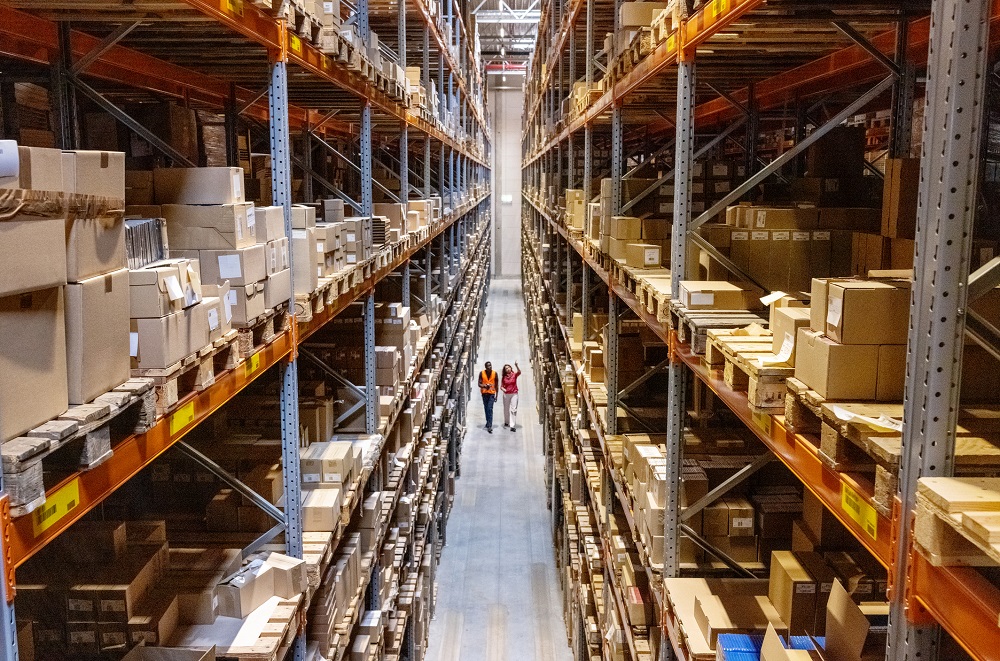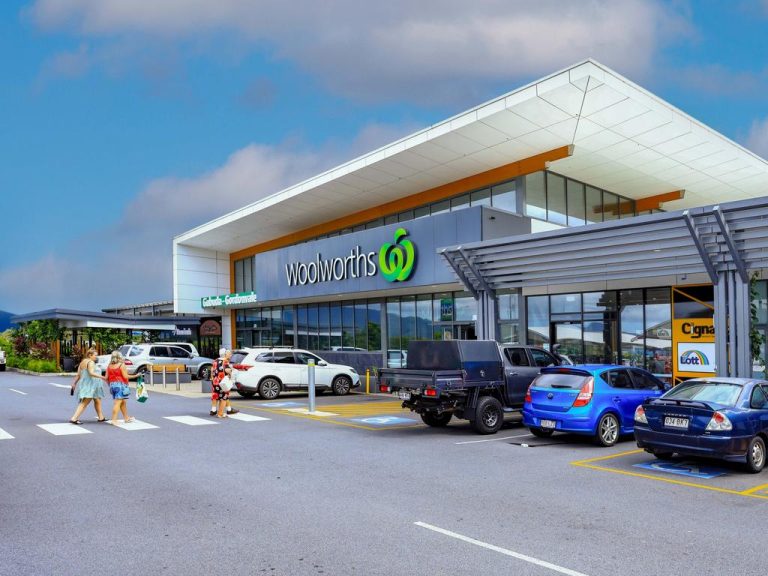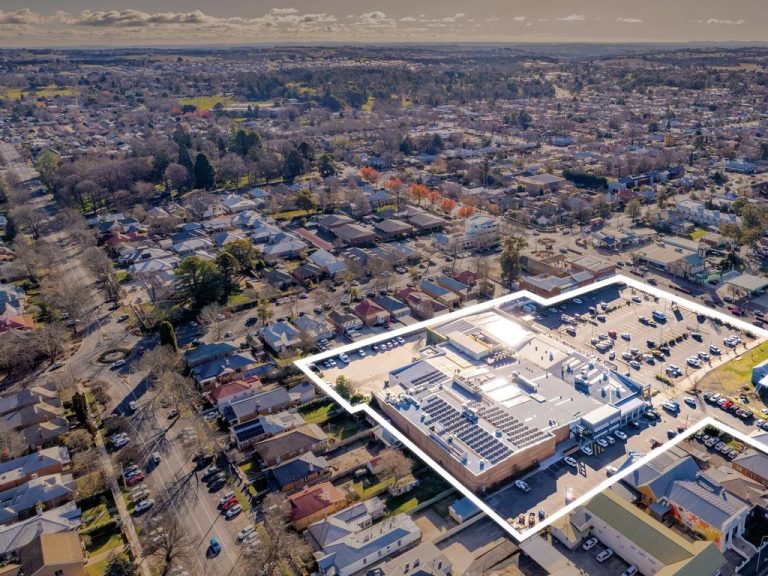Signs sales could pick up as more vendors looks to get deals done

Australia’s commercial property market has been in the doldrums for two years now, with sales volumes hovering around decade lows.
But in a positive sign for brokers, several forward-looking indicators suggest deals may soon start to pick up.
The dearth of sales seen over the past two years can be attributed to a few key factors. The first relates to pricing. Yields have been slow to respond to the rapid rise in capital costs seen over 2022-23, leading to a disparity in the expectations of buyers and sellers.
But slowly yields have readjusted and the gap in pricing expectations is narrowing. While yields likely have further to rise, some asset classes look to be close to the peak of the expansion cycle.
Those investors who had been biding their time while prices corrected may now be starting to re-emerge.
Enquiries on realcommercial.com.au from those looking to buy have picked up this year. And in another sign sales activity could rise, so too have listings.
Retail assets have seen the largest jump in sale listings, up 25 per cent in May compared to the same time last year. Industrial and healthcare assets followed, both up 16 per cent year-on-year, while office listings were up 10 per cent.
The fact that listings are picking up so strongly is a sign that vendors want to get deals done. It’s also probable that a growing share of these listings are distressed sales, particularly in the retail sector.
Business insolvencies have been trending up for well over two years now, hitting a record monthly high in May. At the same time vacancy risk is rising, so too are holding costs, due to higher interest rates, taxes, and insurance premiums. Some landlords may be unwilling, or unable, to wait for better conditions.

Retail property listings increased 25 per cent year-on-year in May. Picture: Getty
There are investors waiting in the wings for these distressed assets, with “mortgagee” the third most included keyword included by those searching to buy on realcommercial.com.au over the past year.
Signs are also emerging that larger investors may be returning to the market. Last year, Real Estate Investment Trusts (REITs), listed and institutional investors accounted for just 19 per cent of commercial sales volumes, according to MSCI. The lowest share in well over a decade.
The absence of larger investors created an opportunity for privates, who saw their share of sales surge above 50 per cent. Now, the trend looks like it could be reversing, with sales to institutional investors well on track to exceed last year’s volumes.
But higher sales are unlikely to be seen across the board, with some asset classes viewed as being in a more favourable stage of the pricing cycle than others. Industrial has seen the strongest year-on-year rise in enquiries to buy, with yields expected to be close to the top of the correction cycle.

Industrial real estate listings jumped 16 per cent year-on-year in May. Picture: Getty
While demand for industrial property has softened over the past year and a half, the sector continues to outperform, with vacancy below 2 per cent in every state and rents continuing to climb.
The pricing of retail assets, in contrast, will likely take more time to correct, with no signs yet that yield expansion is slowing. Cost of living pressures are reducing retail spend and driving up risk in the sector.
Another risk to deal flow is interest rates. Earlier this year, expectations were that interest rates had peaked. But with the Australian Bureau of Statistics’ latest monthly indicator showing inflation picked up over May, the risk of a further interest rate rise has increased.
If interest rates move higher, this would likely require another reset in pricing. The economic consequences of higher interest rates could also lead some prospective investors to hold off on buying.







